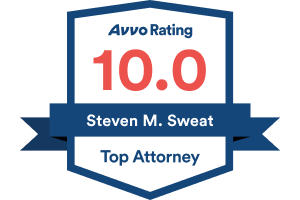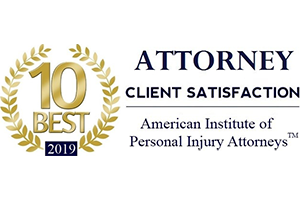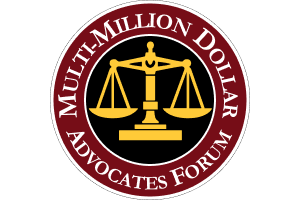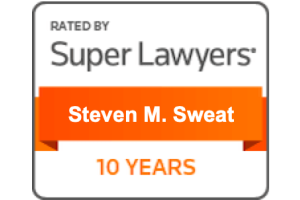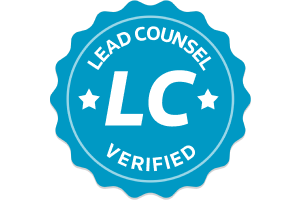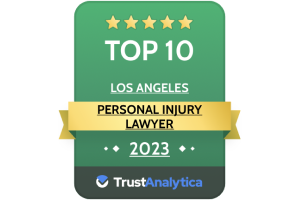- Free Consultation: 866-966-5240 Tap Here To Call Us
Los Angeles Slow Streets Program Aims to Improve Traffic Safety
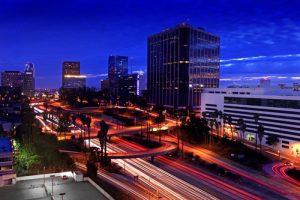
In response to the COVID-19 pandemic, the City of Los Angeles implemented the Slow Streets program in May 2020.[1] This program allowed more people to get fresh air and enjoy their neighborhoods while large portions of the city were shut down in response to the spread of the virus. While people were under stay-at-home orders, the Slow Streets program allowed them to have more room to exercise outdoors. The program proved to be popular with residents of many neighborhoods throughout the city, prompting the City Council to consider implementing it as a permanent option instead of a temporary measure. In addition to drawing more people outdoors to enjoy their neighborhoods, the Slow Streets program may also help to reduce the number of traffic injuries and fatalities caused by vehicles speeding through neighborhoods.
What is the Slow Streets program?
With many people ordered to stay at home during the pandemic, Los Angeles implemented a temporary measure to allow people to exercise outdoors in their neighborhoods called the Slow Streets program. This program allowed neighborhoods with sponsoring organizations to apply to have their areas designated for slow streets. Neighborhoods that have been approved for the program are blocked off with signs that prohibit cutting through and only allow local traffic. The signs also call for drivers to slow down and safely share the roads. After the program was implemented, a few hundred neighborhoods submitted applications. The program allows people who live in affected neighborhoods to enjoy cycling, jogging, and walking in a safer environment free from speeding cars.[2]
The problem of speeding
Whenever you drive, you will likely encounter someone else who is speeding. Because of the fact that speeding is very common, many people give it little thought. However, speeding is among the most dangerous types of negligent driving behaviors. According to the National Highway Traffic Safety Administration, speeding resulted in the deaths of 9,717 people in the U.S. in 2017, which accounted for 26% of all of the fatalities that occurred that year.[3] In 2018, the NHTSA reports that 9,378 people lost their lives in speeding-related traffic accidents.[4] Understanding the risks of speeding can help people to recognize the importance of safety measures, including the Slow Streets program.
What is speeding in California?
California has a basic speed law that is found at Cal. Veh. Code § 22350.[5] Under this law, a person may be guilty of violating the basic speed law when he or she drives at a speed that is greater than what a reasonably prudent person would drive for the weather and road conditions or in a manner that endangers the lives and property of others. This law means that someone can violate the speeding laws of California when they drive too fast for the conditions even if they are driving at the posted speed limit. Multiple conditions can mean that someone needs to drive at speeds slower than the posted speed limit, including the following:
- Sun glare
- Traffic congestion
- Improperly maintained roads
- Smog
- Nearby cyclists or pedestrians
- Roadway debris
In addition to the basic speed law, California also requires drivers to obey posted speed limits. Violating the state’s speed laws can result in citations and fines, and doing so can also potentially result in injury and fatality accidents.
Why people speed
Driving at a proper speed is easy for drivers to control. Despite this, drivers still speed for a variety of reasons. People might speed when they are running late. They can avoid this problem by checking traffic conditions and leaving early when it is necessary. Some people drive too fast simply to experience a rush of adrenaline. Young drivers might speed because of inexperience and failing to understand the dangers of speeding. Inexperienced drivers might also tend to drive too fast for conditions because of failing to recognize the need to slow down when other hazards are present.
Some drivers tend to drive aggressively simply because they have a disregard for others and for the traffic laws. Other people might speed out of habit while simply not thinking about how fast they are driving on their routes. Finally, a potentially fatal combination includes drunk driving and speeding.[6] When people are driving while they are under the influence of alcohol or drugs, their judgment may be impaired. This might cause them to believe that they are more in control of their vehicles than they are and lead them to speed. Speeding and drunk driving both reduce the driver’s ability to react to dangers and increase the chances that the driver will cause an accident.
Speeding dangers
When drivers speed, they take a longer time to react to dangers around them on the roads. Driving requires motorists to make split-second choices. If a child runs into the street, a driver will have very little time to properly react. If the driver is speeding, the driver will have less time to react appropriately to avoid causing an accident.
Speeding also increases the distance that a driver will need to come to a complete stop. This is due to both the braking distance and the thinking distance. When you need to stop your vehicle to avoid an accident, the time it will take for you to do so will require you to have enough time for your brain to recognize the need to slow down as well as the actual time it takes for your brakes to stop the vehicle once they have been engaged.
When you speed, the forces that will be released in an accident will also increase. Under the basic principles of physics, the faster that you drive your car, the more energy your vehicle has. When your car collides with another car, person, or object, the energy that is released will be absorbed by the collision. If you are speeding just prior to an accident, this means that the risk of injuries and deaths will increase. The energy involved in a crash increases the faster a vehicle is traveling. The laws of physics prove that the faster a vehicle is driven, the more energy it has.
Finally, speeding also makes the safety devices in your vehicle less effective. Safety equipment in your vehicle is designed to reduce the risk of serious injuries in an accident. However, these types of devices can only withstand a maximum speed. When an accident happens at a greater speed, you may be more vulnerable to suffering serious injuries.
Potential impact of the Los Angeles Slow Streets program
Given the dangers posed by speeding drivers and the fact that many motorists cut through residential neighborhoods for shortcuts to their destinations, speeding in residential neighborhoods poses a real risk to people who live in them. If the Slow Streets program becomes permanent, it might allow people to safely enjoy their neighborhoods while reducing the risks of injuries and fatalities in pedestrian and cyclist accidents.[7] Neighborhoods that want to participate in the Slow Streets program can submit an application through a sponsoring organization.[8] A sponsoring organization can include a neighborhood council.
Get help from an experienced injury lawyer
If a speeding driver caused your injury accident, you may be entitled to recover compensation for your losses. Contact an experienced attorney at the Steven M. Sweat Injury Lawyers today to request a consultation by calling us at 866.966.5240.
Sources
[1] https://laist.com/2020/06/24/la-slow-streets-permanent-plan.php [2] https://www.victimslawyer.com/shocking-rise-in-pedestrian-deaths.html [3] https://crashstats.nhtsa.dot.gov/Api/Public/ViewPublication/812687 [4] https://www.nhtsa.gov/risky-driving/speeding [5] https://leginfo.legislature.ca.gov/faces/codes_displayexpandedbranch.xhtml?tocCode=VEH&division=11.&title=&part=&chapter=7.&article= [6] https://www.victimslawyer.com/blog/top-five-causes-of-traffic-deaths-in-los-angeles/ [7] https://www.victimslawyer.com/pedestrian-accidents.html [8] https://ladot.lacity.org/coronavirus/apply-slow-street-your-neighborhood




